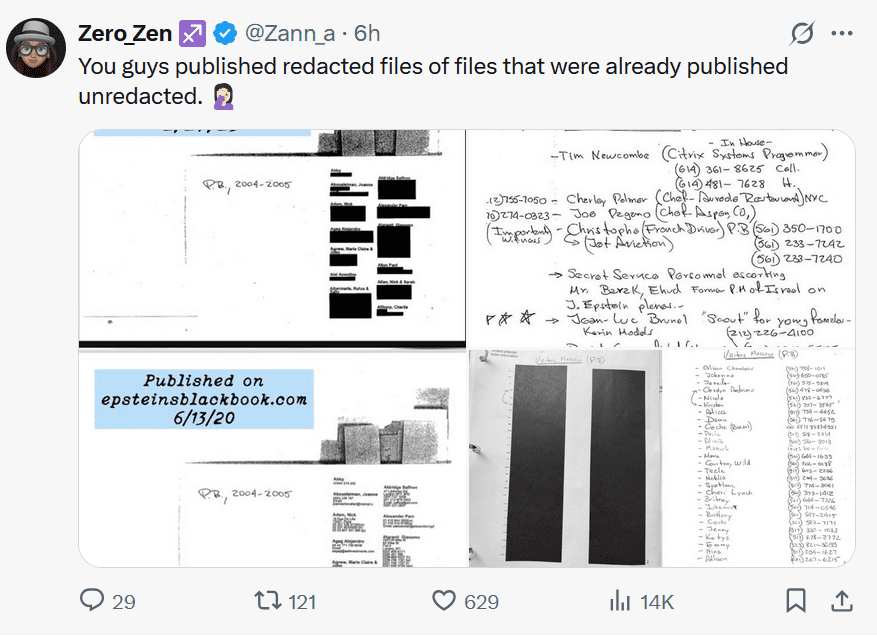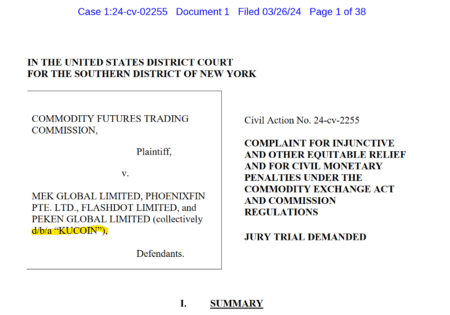On February 27, 2025, the U.S. Department of Justice (DOJ), under the newly minted leadership of Attorney General Pamela Bondi, dropped the first batch of what it calls the “declassified Epstein Files.” Touted as a fulfillment of President Donald Trump’s pledge for transparency, this initial release—linked to the notorious Jeffrey Epstein, financier-turned-convicted sex offender—promises to peel back layers of secrecy surrounding one of the most infamous criminal networks in modern history.
Just Another Staged Act?
But as the dust settles on this “Phase 1” disclosure, a pressing question looms: Are we witnessing a genuine reckoning with Epstein’s legacy, or is this just another carefully staged act in the theater of public accountability?
The files, unveiled in collaboration with the Federal Bureau of Investigation (FBI), center on Epstein’s well-documented exploitation of over 250 underage girls across his sprawling properties in New York, Florida, and beyond. Flight logs, a redacted contact book, and other fragments of evidence now sit in the public domain, ostensibly to shine a light on the shadowy web of influence Epstein wielded.
Bondi herself framed this move as a bold step, declaring it a response to a public demand for clarity about Epstein’s “disgusting actions” and those who enabled him. Yet, a closer look reveals a stark reality: much of what’s been released isn’t new. These documents—previously leaked or surfaced in legal proceedings like the Ghislaine Maxwell trial—feel less like a revelation and more like a repackaged narrative, raising doubts about the depth of this so-called transparency.
For years, Epstein’s case has fueled speculation, conspiracy theories, and a relentless quest for the elusive “client list”—a rumored roster of high-profile figures allegedly tied to his crimes. The DOJ’s decision to kick off this declassification with familiar materials—flight logs long circulating online, a heavily redacted “masseuse list,” and an evidence inventory—has left many wondering if the government is truly prepared to confront the full scope of Epstein’s network.
The Absence of Real Disclosures
The absence of bombshell disclosures in this first phase has already sparked skepticism. Is the DOJ drip-feeding us sanitized scraps to appease public curiosity while shielding the powerful? Or are we simply overestimating what remains hidden after decades of leaks, lawsuits, and media scrutiny?
Bondi’s insistence on further releases hints at a broader trove of documents still under wraps. In a pointed letter to FBI Director Kash Patel, she demanded the “full and complete” Epstein files by February 28, accusing the Bureau of withholding thousands of pages—a charge that, if true, suggests internal resistance or incompetence at play.
This clash between the DOJ and FBI adds a layer of intrigue: Could this be a genuine push to unearth buried truths, or a convenient scapegoat to explain the lackluster debut? Patel’s own rhetoric about a “new era” of FBI accountability—free of “cover-ups” and “missing documents”—sounds noble, but it’s hard to ignore the performative flair, especially as conservative influencers paraded binders labeled “The Epstein Files: Phase 1” outside the White House hours before the public saw a single page.
A Political Theater
The timing and presentation of this release invite further scrutiny. Handing over these files to a select group of social media personalities before an official rollout smacks of political theater, aligning with the Trump administration’s knack for spectacle. It’s a move that prioritizes optics over substance, leaving the public to question whether this is about justice or narrative control. Meanwhile, the DOJ’s commitment to protecting victim identities—while commendable—serves as a ready excuse for redactions that obscure potentially explosive details. The balance between privacy and disclosure is delicate, but it’s worth asking: Who else might those redactions shield?
For FinTelegram readers attuned to financial misconduct and systemic corruption, Epstein’s case is a stark reminder of how wealth and influence can bend justice. His empire wasn’t just a sex trafficking operation; it was a nexus of power, implicating bankers, politicians, and titans of industry. Yet, as this first phase lands with a thud, the financial elite tied to Epstein remain largely unperturbed. The flight logs may list destinations, but they don’t reveal deals struck at 30,000 feet. The contact book may name names, but it doesn’t expose the money trails or the leverage those connections afforded.
So, where does this leave us?
The DOJ promises more to come, with Bondi vowing to leave “no stone unturned.” But promises are cheap, and the stakes here are monumental—not just for Epstein’s victims, who deserve unvarnished truth, but for a society wrestling with the erosion of trust in its institutions. If Phase 1 is any indication, we’re at the edge of a long, murky road. Will the next releases deliver the accountability Epstein’s enablers have evaded for decades, or will they merely deepen the cynicism that festers around this case? One thing is clear: the world is watching, and the clock is ticking.







